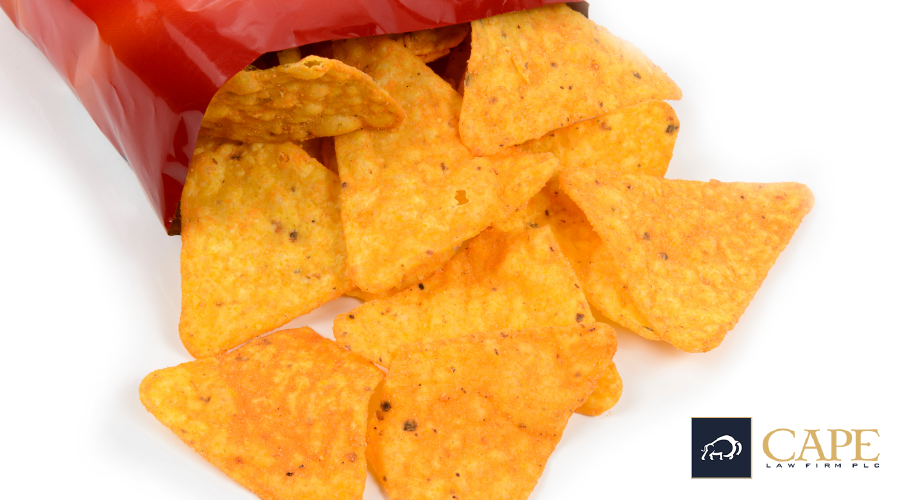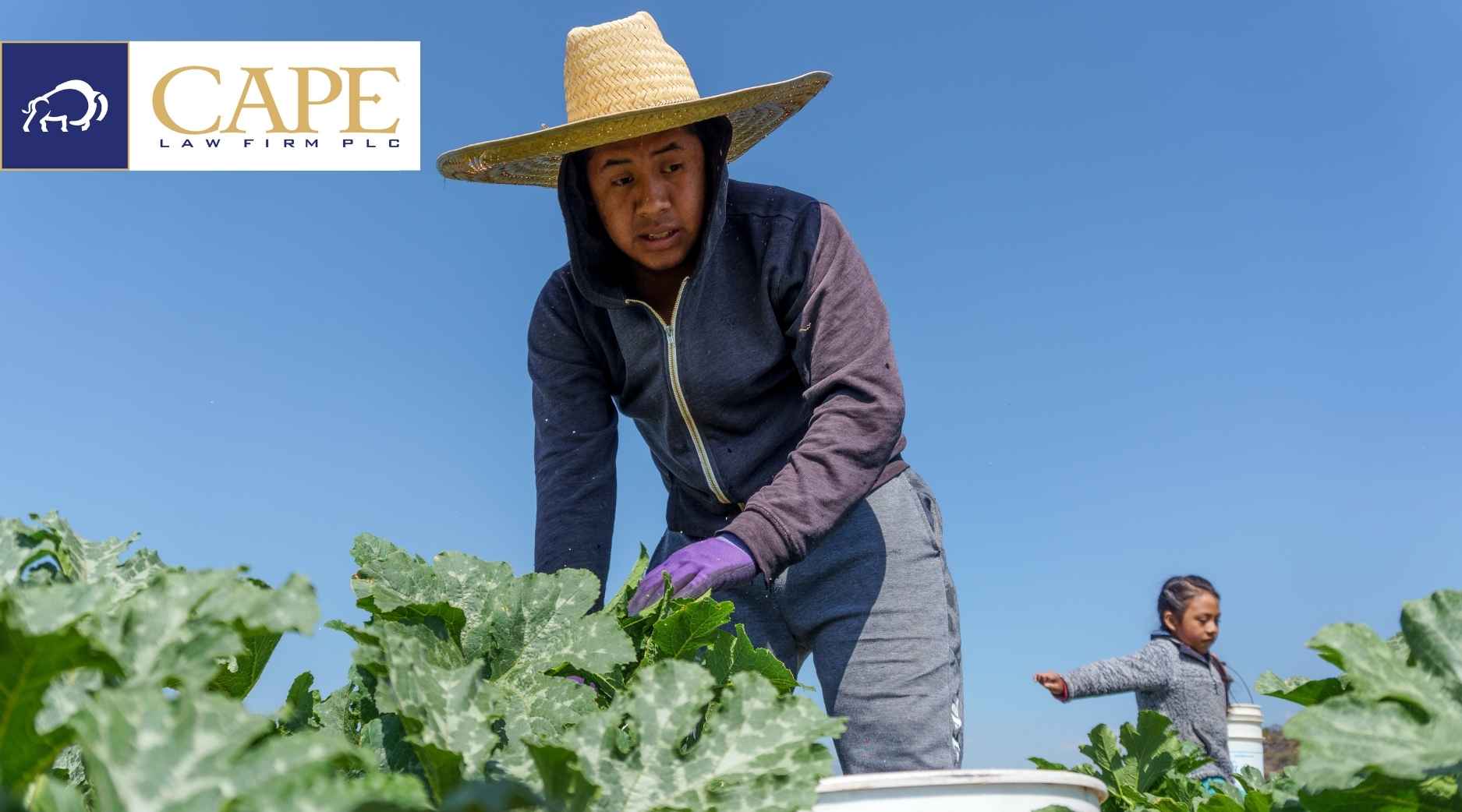HAPPY ALMOST THANKSGIVING! We hope you’re looking forward to a little rest and relaxation next week, and giving thanks for friends, family, and being alive another day on earth.
We would like to give a Big THANKS to our friends, clients, and acquaintances, both new and old.
Ultra-Processed Convenience
While it may be rarely discussed among Ag interest groups, on occasion we catch an inkling that should make us ponder whether the American Ag sector is producing products consumers want or need. That was the case with Andrea Petersen’s recent Wall Street Journal report describing growing concern with ultra-processed foods. The concern is that ultra-processed foods are unhealthy and make people fat and prone to any number of mortal diseases (Type 2 diabetes, cardiovascular disease, etc.). Defining “ultra-processed” food is not particularly easy, but scientists in Brazil have published a classification system that divides food into 4 groups, ranging from unprocessed to ultra-processed. The ultra-processed group is characterized by some level of engineering in which food is chemically modified and includes added ingredients to enhance flavor, texture, or color. Examples included high fructose corn syrup, maltodextrin, soy protein isolate, hydrogenated oils, and emulsifiers. No doubt many of the foods considered ultra-processed are super convenient, have long-shelf lives, and taste amazing.
All of this is not to say that processed foods are inherently bad, and not all ultra-processed foods are unhealthy. But there is a certain amount of logic (and scientific evidence) that suggests foods that are closer to their natural state are better for you. Most foods in their natural state are high in either carbohydrates or fat. On the other hand, many ultra-processed foods are high in both at the same time, which evidence suggests might be part of the problem. These foods may be more potent on the body’s systems.
Thus, as yet another Farm Bill starts to take shape in the coming months, it is at least worth pondering whether the $1 trillion-plus legislation might shift some of its financial incentives towards increasing production and distribution of more of the healthier stuff. Food for thought.
Challenge to Bacon-Cooking Patent Too Soft for U.S. Supreme Court
The U.S. Supreme Court declined to hear an inventorship dispute involving Hormel’s U.S. Patent 9,980,498 (‘498 patent) for a “Hybrid bacon cooking system.” In other words, a method of pre-cooking sliced bacon. HIP, a food processing equipment maker, and Hormel met to discuss the concept of developing an infrared oven to cook bacon. Hormel observed HIP’s process in operation and installed one of HIP’s infrared ovens in its facilities for testing. Eventually, Hormel developed a two-step process for making pre-cooked bacon using microwave and infrared ovens and was awarded the ‘498 patent. HIP’s owner sued Hormel, claiming to be a joint inventor of Hormel’s hybrid bacon cooking system. The trial court agreed that HIP was a joint inventor on the infrared portions of the patent, but the Federal Circuit Court of Appeals reversed that decision, finding that HIP’s contributions were “insignificant.” HIP asked the Supreme Court to hear the case, but the Court declined.
Since each inventor is an owner of the patent, a co-inventor is entitled to make, use, and sell the patented invention. Thus, at least part of HIP’s motivation for asking to be named a joint inventor was to be able to profit from the invention (and who wouldn’t want that). You can read the parties’ briefs to the Supreme Court here.





